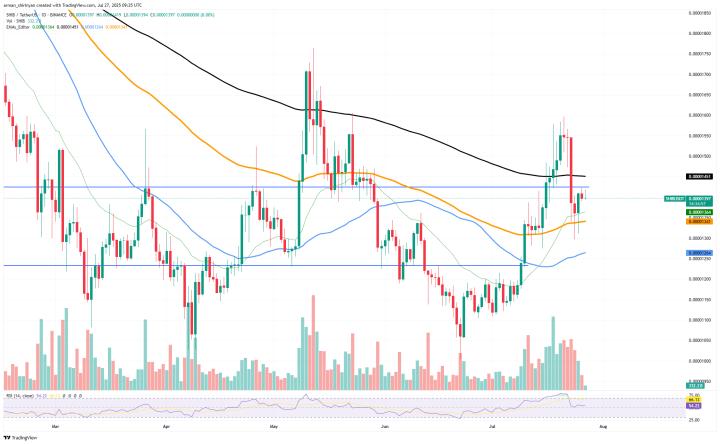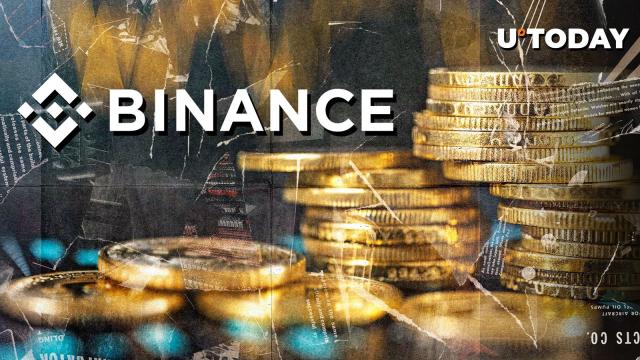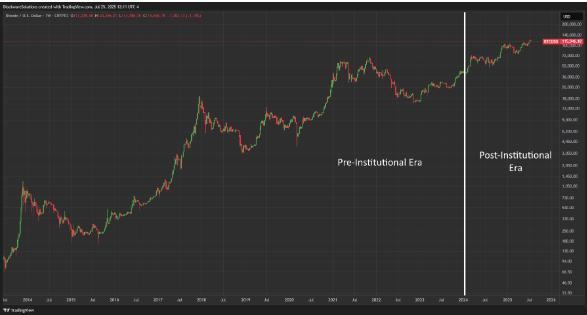PANews reported on July 24 that HTX DeepThink columnist and HTX Research researcher Chloe (@ChloeTalk1) analyzed that Bitcoin briefly surged to $121,800 during the day, then fell back to the $118,000 range. On-chain data shows that the average profit rate of all market chips has risen to about 57%, and while there is still room from the historical top, short-term upward momentum is limited. On one hand, short-term profitable chips continue to exert selling pressure; on the other hand, the current structure has not yet provided sufficient space for a major upward wave.
Bitcoin has entered a consolidation phase, with the market waiting for signals of a new round of capital rebalancing. Meanwhile, sudden changes in Japanese politics have drawn widespread attention. The ruling coalition led by Shigeru Ishiba suffered the worst election defeat since 1955 in the House of Councillors election, and although they insist on not resigning, their political capital has been severely damaged. The yen briefly rebounded against the US dollar before quickly falling back, currently fluctuating in the 145-150 range. Ishiba's governance difficulties will weaken Japan's bargaining power in the US tariff negotiations on August 1, and the Bank of Japan will maintain a wait-and-see stance in the short term, lacking a basis for rate hikes under political uncertainty. The yen weakens, stocks are under pressure, and overall risk sentiment has declined.
In global trade, the EU and the US reached a tariff coordination agreement in the early hours of today, avoiding the originally planned tax increase on July 25 and temporarily easing transatlantic supply chain tensions. This positive news drove a rebound in European and US stocks, but the market generally believes this is not enough to reverse the global macro-level uncertain trend. CME Bitcoin futures positions remain high, options market implied volatility remains in the medium-to-high range, and stablecoin net inflows have slowed, indicating that institutional funds are still in a wait-and-see mode.
Overall, for BTC to launch its main upward phase, it still needs to wait for two catalysts: first, further clearing of short-term profitable chips; second, clarification of macro uncertainties (especially the results of Japan-US trade negotiations). Before this, BTC is expected to continue oscillating and consolidating in the $115,000-$123,000 range. The focus will be on the progress of Japan's political situation and tariff negotiations in early August, which may become a key turning point for market direction.







